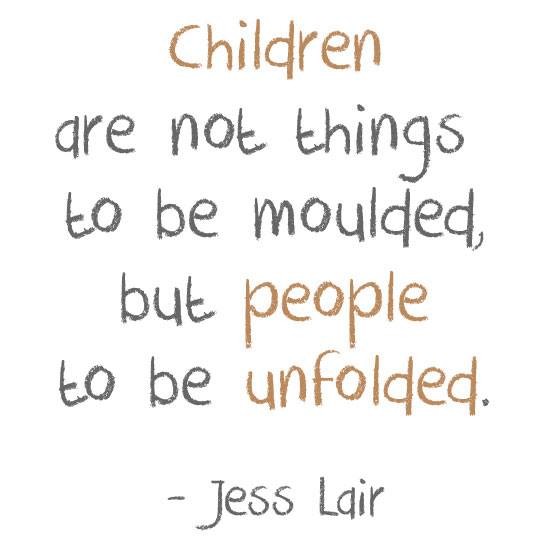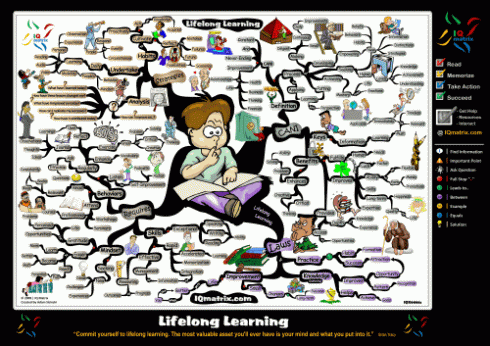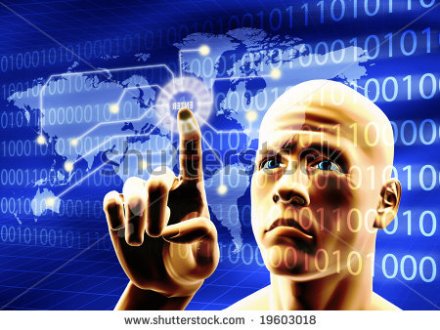Lifelong learning is learning through our lifetime. This learning used to be a formal form of learning, you would have to enroll in tafe, take a class or a course for something as simple as learning to put your make-up on correctly, but just think how ‘kids these days’ learn to do all these types of things. They simply Google it or watch a YouTube clip. The way in which we are learning throughout our lifetime is changing, we are able to informally learn about topics that were never available to us before. We are able to harness digital skills to make us lifelong learners that extend beyond our schooling.
We are living in the age of knowledge, everybody wants to know why things are happening and the ways in which they can investigate and/or find out their desired answers. Lifelong learning makes finding out these answers and building a knowledge base of how to investigate these answers. Teachers are the people required to embedded students with the skills to lifelong learn.
We need to create lifelong learners……………..



